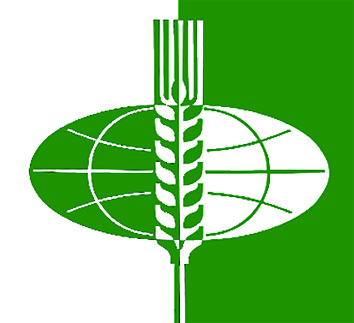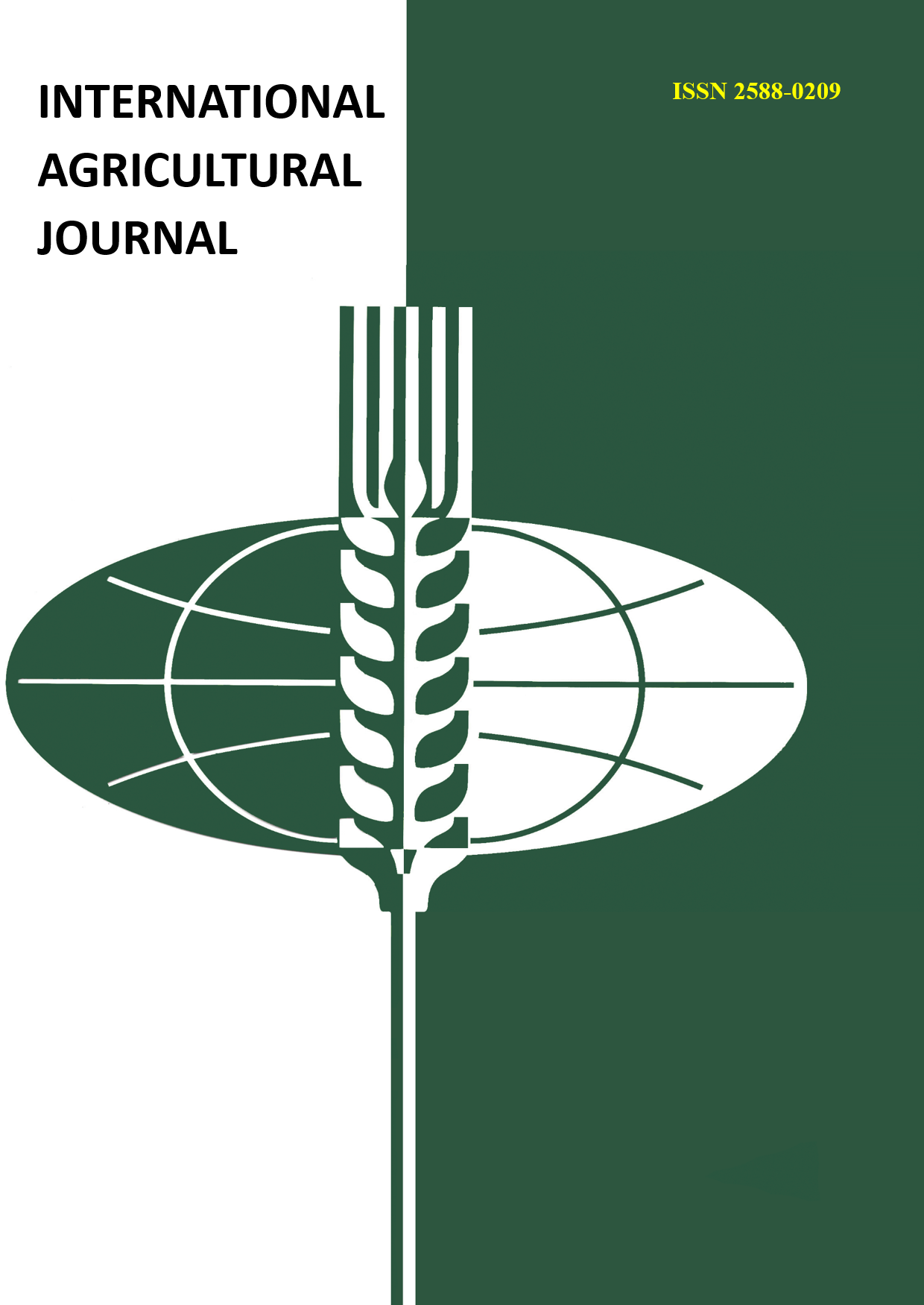The study was carried out in order to determine the actual problems associated with changes in the state of fertility of agricultural land in the Tyumen region. The aim of the study is to develop optimal regional land use schemes based on the monitoring of agricultural land. The object of study is the territory of the Tyumen region. The subject of the study is the methodology of optimal regional land use schemes based on the monitoring of agricultural land. The total area of the subject (including autonomous regions) is 1,464,173 km². The area of the south of the Tyumen region (excluding autonomous districts) is 160,122 km². According to the data of agrochemical services, over the past 7 years (2015-2021) in the Tyumen region, 653.1 thousand hectares (61.3% of the study area) of arable land have an acid reaction of the environment. At the same time, the largest proportion of acidic soils on arable land falls on the following districts of the region: Uporovsky (97.4%), Vikulovsky (83.8%), Aromashevsky (79.7%), Isetsky (79.2%), Zavodoukovsky ( 78.8%), Nizhnetavdinsky (77.8%), Uvatsky (75.0%), Yurginsky (72.5%). The total area of arable land with a low content of acidic soils is 98.8 thousand hectares (9.2% of the area of surveyed lands). Neutral or close to neutral soils are represented in Kazansky (25.3%), Sladkovsky (30.0%), Abatsky (33.6%), Yalutorovsky (41.1%) Tyumensky (44.6%), Sorokinsky ( 47.9%) districts. An important indicator in the examination of arable land is the content of humus in them. The low content of humus is observed in arable lands of all districts of the region. During the study period, the total area is 267.9 thousand hectares or 25.1% of the area of the surveyed territory. The largest proportion of low humus content in the arable layer was recorded in the Uporovsky district, 96.7%, while the survey area is 4.4 thousand hectares. The minimum proportions of low humus content in arable land were observed in Isetsky (6.4%), Zavodoukovsky (6.4%), Kazansky (9.4%) and Armizonsky (9.8%) districts of the region. The low content of exchangeable potassium in arable land accounts for 19.3 thousand hectares of surveyed arable land in the region, which is 1.8%. During the study period (2015-2021), a low content of exchangeable potassium was observed in all municipal districts of the region, with the exception of the Kazan region. In general, the state of land resources can be assessed as satisfactory. However, in order to prevent its negative changes and improve the quality of land, it is necessary to carry out a set of special measures to stabilize and restore land and improve the overall environmental situation.
monitoring zemel', zemli sel'skohozyaystvennogo naznacheniya, gumus, azot, fosfor, kaliy, plodorodie














